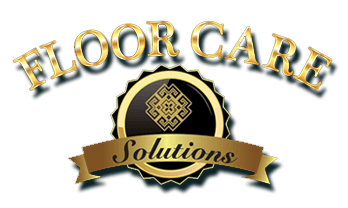Sarasota Carpet And Tile Cleaning | Commercial and Residential | FL.
So what does Indoor Air Quality have to do with carpet cleaning?
People spend an estimated ninety percent of their time indoors. According to the Environmental Protection Agency ("EPA") studies of human exposure to air pollutants, indoor air may have between two to one hundred times the amount of pollutants found in outdoor air. EPA's Indoor Air Quality Home Page.
According to the EPA -“INDOOR AIR POLLUTION is one the top 5 most serious environmental problems affecting the health of humans in America”
According to the World Health Organization- 40 percent of all BUILDINGS, pose a "serious health hazard” due to indoor air pollution.
Building Related illnesses and Sick Building Syndrome are terms often linked to unhealthy Indoor Air Quality.
Workers compensation claims related to poor indoor air quality are on the rise.The IICRC Carpet Cleaning Standards S100, The CRI Carpet & Rug Institute, and the EPA all state carpeting should always be cleaned first for health then for appearance.
In 1991 and again in 1994 The Environmental Protection Agency, working in conjunction with Research Triangle Institute, investigated and scientifically tested the effects of carpet cleaning upon the quality of the indoor air. The results demonstrated emphatically that carpet cleaning made the indoor environment a healthier place to live by reducing gas phase organics, biological contamination and microscopic particles that we breathe.
Carpet acts like a giant filter trapping all three types of indoor air pollutants; particulate, microbial and gas or odor in the fibers preventing them from returning to your breathing zones. For this reason your carpet can be your ally or your enemy. If your carpet is systematically cleaned it can improve your indoor air quality. If it is neglected it can turn into an incubator for bio-contaminates and pollutants.
Indoor air quality in carpeted areas that have been properly maintained can often be better than that of tiled or hard surfaces areas. If you think about it, it makes sense. If there is nothing on the floor to trap the dust and bacteria particulates, they are easily re-circulated into our breathing zones. Air movement generated by someone walking the room, ceiling fans, or even air conditioning blowers can send microscopic particles back into the air like an invisible nuclear explosion.
Several years ago, we decided to take pro-active approach in helping our clients deal with the advent of indoor air quality related issues.
We have dedicated our businessCertified Indoor Environmental Consultant and certified mold remediation technicians. We have also received training in mold inspection by NORMI- National Organization of Remediators and Mold Inspectors. We have a unique understanding of the problems most building have and the additional training we receive helps us provide solid advice to our clients concerning indoor air quality.
What this means to you, you’re employees and your customers is simple. Having your carpet regularly cleaned does more than improve the appearance of the carpet; it makes your indoor environment a safer and healthier!
Personal injuries arising from indoor air pollution fall into three categories: sick building syndrome, building related illness, and multiple chemical sensitivity. Sick building syndrome occurs where at least twenty percent of a building's occupants complain of particular discomforts while in the building, but which discomforts are alleviated upon leaving the building, and where there is no discoverable link between the building source and the problems encountered.
Building related illness, in comparison, involves a clinically diagnosable illness which has a clear and direct link to an identifiable source in a building. Common symptoms of building related illness include tight chest, coughing, fever and chills, infection and muscle aches. Id. At 126. Unlike sick building syndrome, the symptoms of building related illness often remain after the afflicted person leaves the building and can require prolonged recovery.
Finally, multiple chemical sensitivity is the most controversial type of illness caused by indoor air pollution. This new, hotly debated diagnosis occurs when an individual has an adverse reaction to commonly encountered chemicals, thereby becoming ultra-sensitive to even minimal concentrations of such chemicals. Symptoms of multiple chemical sensitivity include migraines, burning skin, pain in muscles and joints, palpitations, blurred vision, deficits of memory and concentration, respiratory disorders and gastrointestinal problems.
